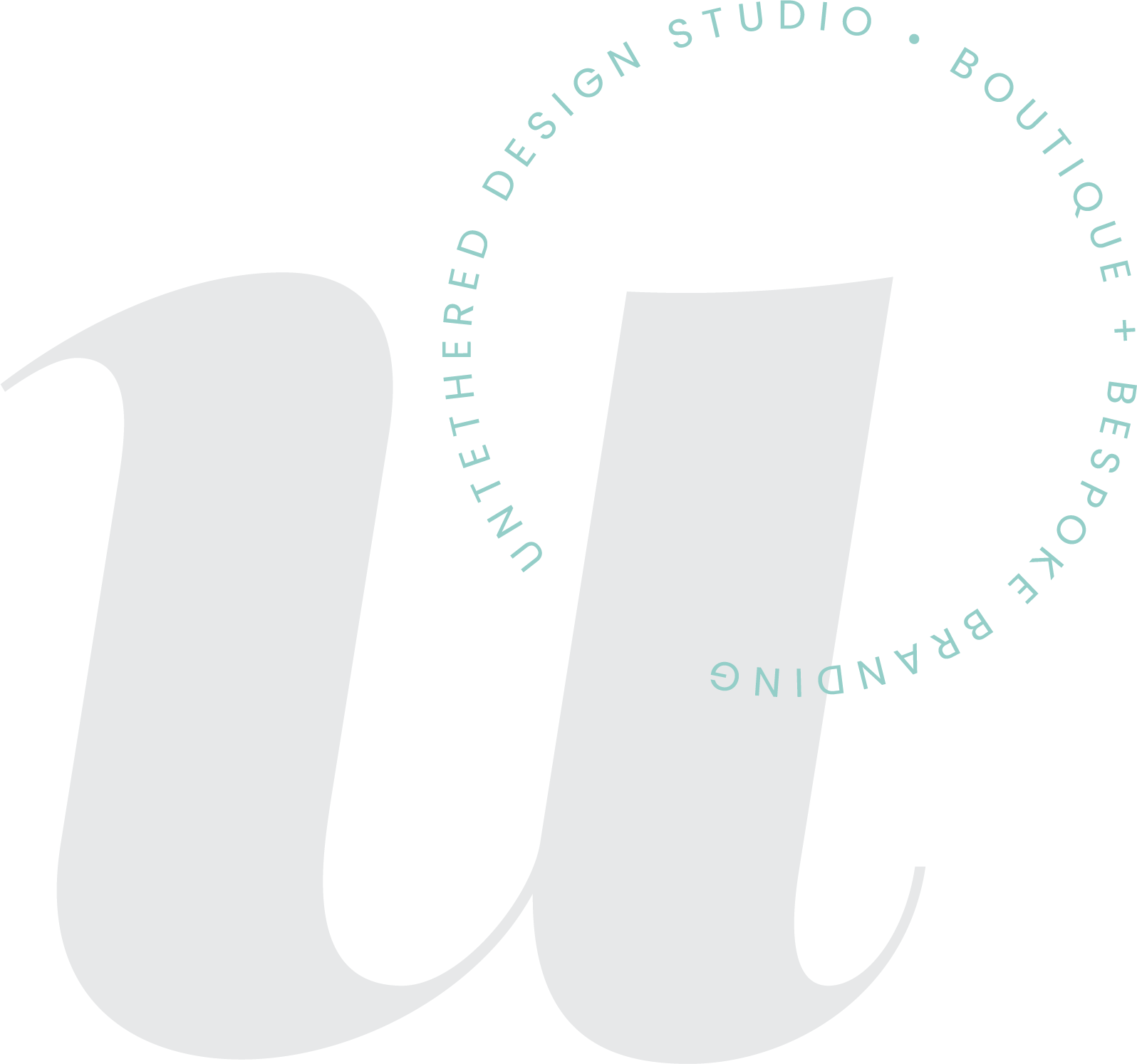5 ways to get started with brand visuals
If you're just starting out as a small business owner, or you've been at the game for a while but haven't established a professional presence just yet — BUT — you also know your biz inside and out, what you want to be known for, who you want to serve, where you want to be seen, your overall vision, mission and strategy, this blog post is for you!
As I've mentioned before, it's EXTREMELY important to have those above non-tangible pieces in place and be really clear about your brand, before you even think about the visuals. Because, a brand is the emotional experience that your client has when they come into contact with you. It's what THEY think and feel.
So, if you're clear on the above and ready to design a logo, website and other materials, here are a few places to start and resources that you can use to get off the ground — until you're ready to hire a professional designer. (Which I highly recommend doing in time!)
1) Create a mood or "inspiration" board. This can be a physical or digital collage of colors, patterns, textures and photos that evoke a specific sense of style, emotion and personality when someone experiences your brand. This is important because it sets the tone for the rest of your branding and helps you get really clear on design aspects. You can cut out images from magazines and put it together yourself or create one in Canva or Photoshop.
2) Use Pinterest to not only help you create your above mood board, but to also help inspire your color palette and logo possibilities. Create specific boards for colors, logos, typography and more to help yourself stay organized — and to give you good visuals to constantly reference.
3) Think about what style of logo that you would like to create — you can create something that is simple and type-based, or you can incorporate certain iconic, illustrative or design elements that express what your business does. Take a basic Adobe Illustrator course and download a trial version of it, if you're feeling brave enough to create it using a professional program. To make things a little easier, you can always use Canva.
4) Once your logo is finished, try your hand at using Squarespace to design a simple website. There are other platforms like Wix and Weebly, but I've always been a Squarespace girl myself. It's pretty intuitive and user-friendly. You can connect to an existing domain (in GoDaddy, etc.) or purchase one through Squarespace and it's even free for the first year. It's crucial to have an online home for your business, separate from social media platforms, in case Facebook decides to pull the plug one day — and your page and all of its followers go with it. Your website is something that you own and will be online, even if other social channels come and go over the years. Make sure that it's easy to navigate and visitors can quickly learn about what your business offers and the value that you can provide THEM with. Make it visually interesting and attractive, packed with good content, so that they will want to stay and not quickly exit the browser window.
5) For other print and digital materials, like social media graphics, business cards, brochures, PDFs and more — you can download trial versions of specific Adobe Creative Cloud programs like the trio that I use (InDesign, Photoshop and Illustrator) or use the free version of Canva. Strive hard to keep all of your branded materials consistent and cohesive. Whether someone is following you on social media, reading a blog post on your website, browsing a free worksheet or checklist from your opt-in or holding your business card, they should have the same visual experience over and over again.


